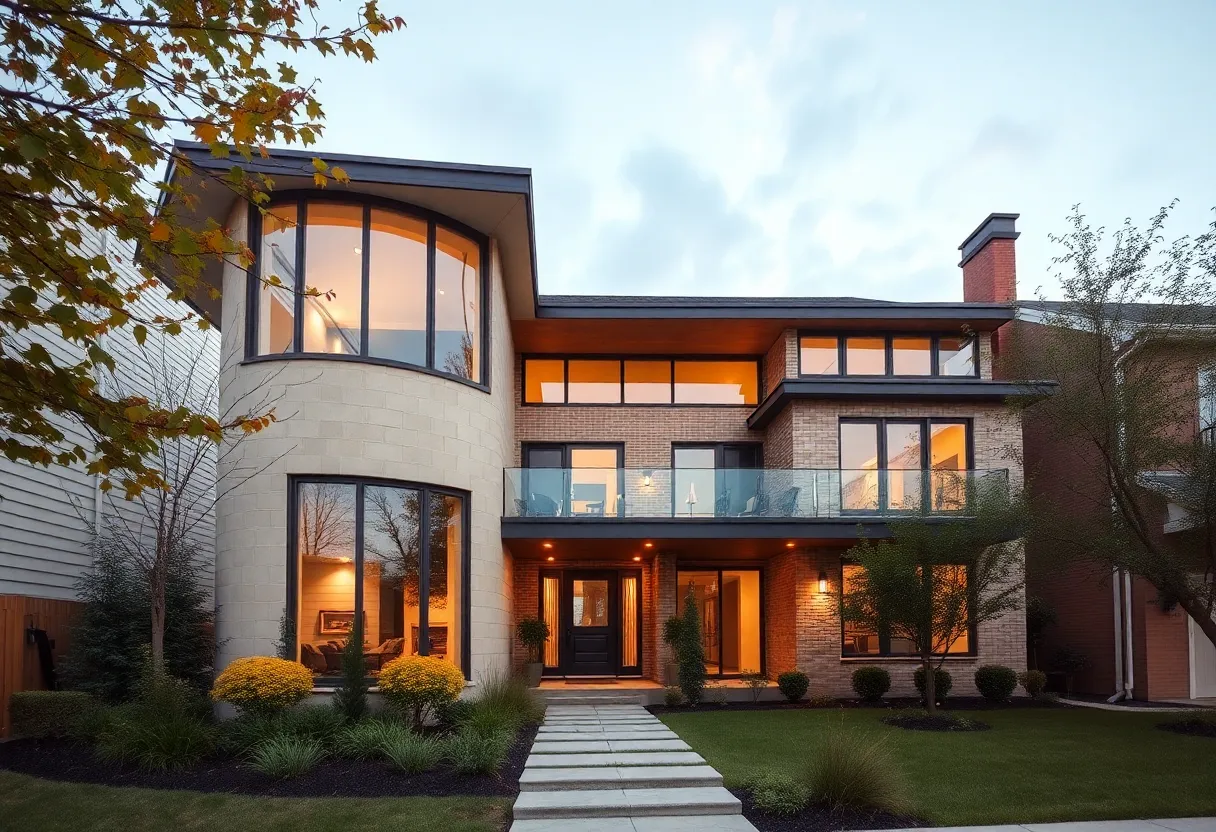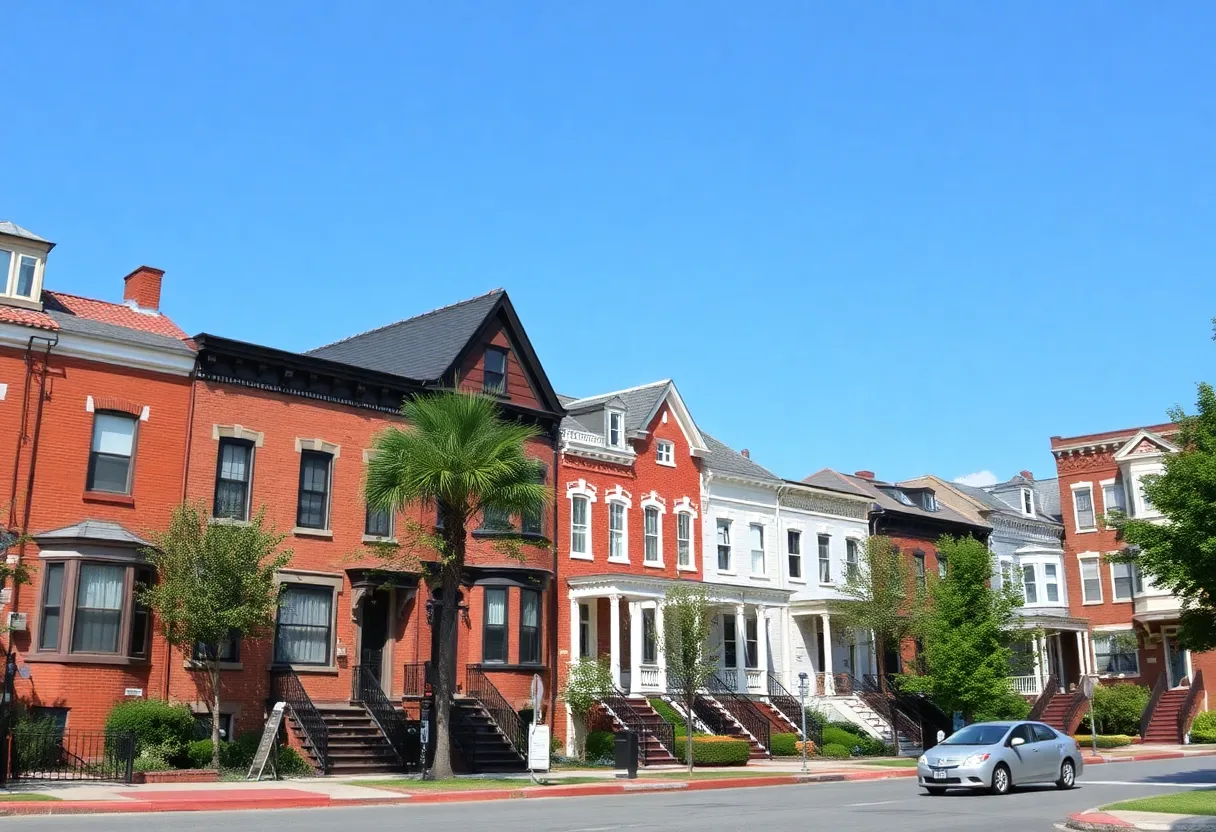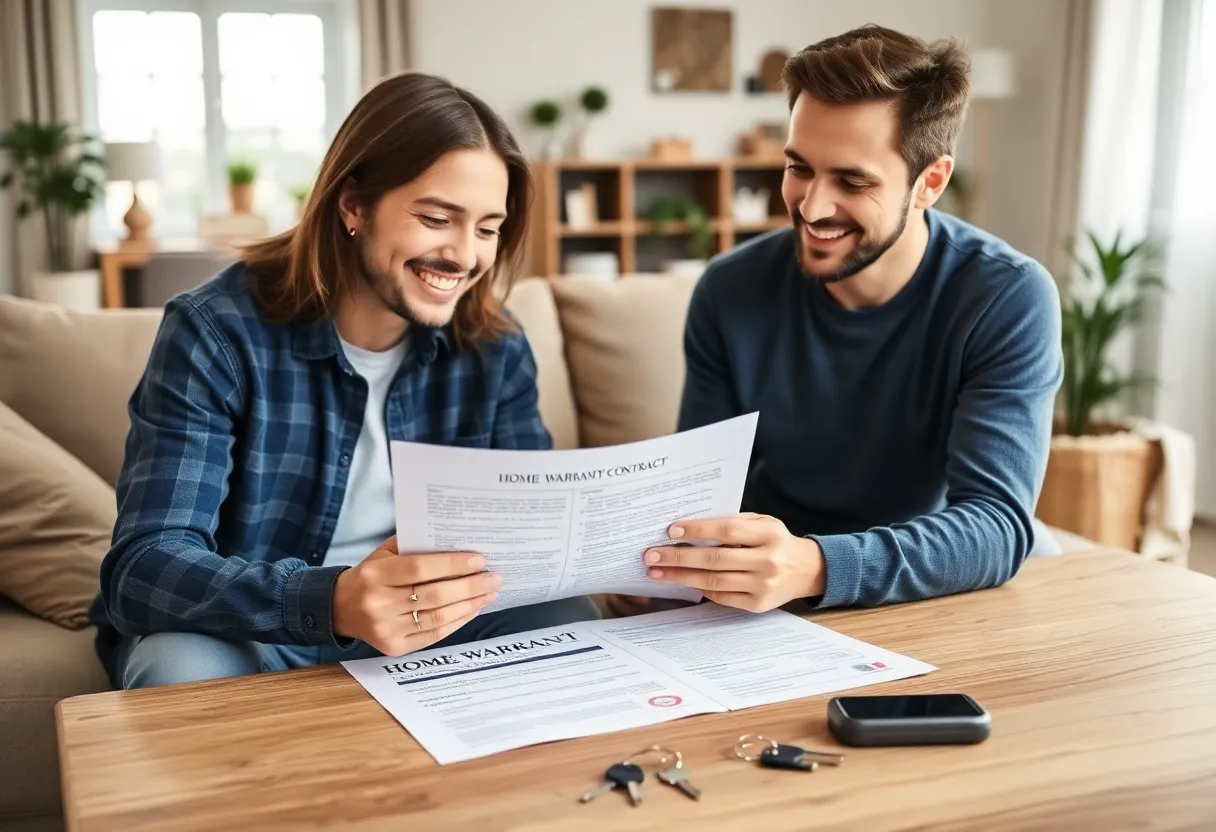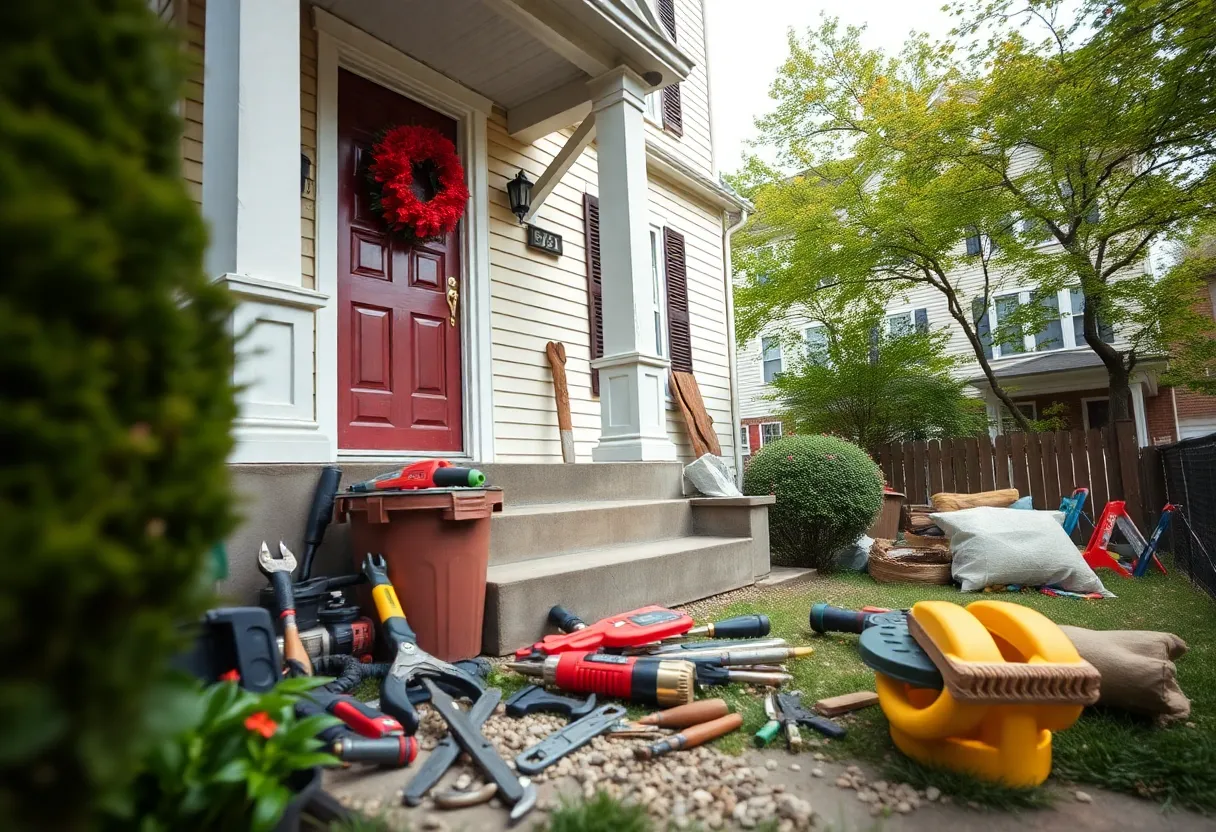10 Essential Factors to Consider When Choosing Your First Home’s Style and Design
Deciding on the style and design of your first home is a pivotal step toward creating a living space that reflects your personality and meets your practical needs. It involves more than aesthetic preferences; it encompasses function, budget, location, and future planning. Making an informed choice ensures longevity, comfort, and satisfaction. This comprehensive guide outlines the most critical factors to consider, enabling prospective homeowners to navigate this complex decision with clarity and confidence.
1. Define Your Personal Style and Lifestyle Needs
Understanding Your Preferences
Before selecting a home design, clarify your personal style. Are you drawn to modern minimalism, traditional comfort, rustic charm, or eclectic vibrancy? Conduct a self-assessment of your aesthetic preferences. Consider elements like color schemes, fixture types, and spatial arrangements that resonate with you.
Assessing Lifestyle Requirements
Evaluate your daily routines, family size, and future plans. If you plan to expand your family, prioritize spacious layouts and extra bedrooms. For those working remotely, dedicated office spaces are essential. Active lifestyles may benefit from open floor plans that facilitate movement and social gathering.
2. Consider Your Budget Constraints
Establishing Financial Limits
Set a realistic budget that includes purchase price, closing costs, renovations, and ongoing maintenance. Be cautious of overextending financially, which can lead to stress and compromises in quality or features.
Aligning Design With Budget
Some styles demand higher investment—intricate architectural details or customized finishes—while others are more cost-effective. Focus on scalable features that match your budget but still fulfill core needs.
3. Evaluate the Location and its Impact
Community and Accessibility
The neighborhood influences your lifestyle significantly. Consider proximity to workplaces, schools, healthcare facilities, and amenities such as stores, parks, and public transport. A well-connected location enhances convenience and property value.
Environmental and Climate Considerations
Design choices should align with local climate conditions. For instance, homes in humid regions benefit from moisture-resistant materials and effective ventilation. In colder climates, insulation and window placement are key.
4. Reflect on Future Expansion and Resale Value
Potential for Growth
Choose a style that can accommodate future needs or modifications. Open floor plans or flexible spaces are adaptable over time.
Market Appeal and Resale Value
Opt for timeless architectural styles with broad appeal. Unique or highly personalized designs might limit resale potential, especially if they deviate from neighborhood norms.
5. Prioritize Sustainability and Energy Efficiency
Eco-Friendly Design Principles
Incorporate sustainable materials, such as recycled or locally sourced products. Consider passive solar design, water-saving fixtures, and environmentally conscious landscaping to reduce your ecological footprint.
Energy Efficiency Features
Invest in high-quality insulation, energy-efficient windows, and modern HVAC systems. These upgrades reduce utility costs and contribute to a more sustainable home environment.
6. Focus on Functional Floor Plans and Layout
Flow and Connectivity
A well-designed layout minimizes wasted space and ensures logical room placement. Open concept designs promote social interaction and adaptability.
Room Sizes and Privacy
Balance communal spaces with private retreats. Consider bedroom placements relative to noisy areas and ensure sufficient storage options.
7. Incorporate Appropriate Architectural Elements and Details
Matching Style with Architectural Details
Identify hallmark features that define your preferred style—whether it’s pitched roofs for craftsman homes or flat roofs for contemporary designs. Attention to details like window styles, porch designs, and exterior finishes enhances authenticity.
Compatibility with Neighborhood Style
Ensure your home’s design aligns with local architectural trends to preserve neighborhood harmony and maintain potential resale value.
8. Plan for Accessibility and Future Mobility
Designing for Accessibility
If you anticipate future mobility needs, incorporate features like widened doorways, zero-threshold entryways, and lever handles during initial planning. These modifications increase long-term livability.
Future Proofing Your Home
Strategic planning can prevent costly renovations later. Consider future requirements for aging-in-place or accommodating family members with special needs.
9. Evaluate Construction and Maintenance Considerations
Material Selection and Durability
Choose durable, low-maintenance materials suitable for your local environment. Proper selection minimizes repairs and replacements over time.
Construction Feasibility and Timeline
Assess construction complexity related to your design. Simpler plans often result in faster completion and lower costs.
10. Seek Professional Guidance and Regulatory Compliance
Engaging Architects and Designers
Professional experts can translate your vision into feasible plans, ensuring functionality and adherence to standards. They can also suggest innovative solutions aligned with your goals.
Compliance With Local Building Codes
Familiarize yourself with zoning laws, permits, and building regulations to prevent legal issues. Ensure your design adheres to safety standards and community guidelines.
Conclusion
Choosing your first home’s style and design requires careful consideration of multiple interrelated factors. Prioritize clarity in your preferences and needs while aligning them with practical constraints such as budget, location, and future plans. An informed approach reduces risks and enhances satisfaction in the long run. Ultimately, your home should be a reflection of your lifestyle, values, and aspirations—crafted with intention, foresight, and attention to detail.
Author: STAFF HERE BALTIMORE WRITER
The BALTIMORE STAFF WRITER represents the experienced team at HEREBaltimore.com, your go-to source for actionable local news and information in Baltimore, Baltimore County, and beyond. Specializing in "news you can use," we cover essential topics like product reviews for personal and business needs, local business directories, politics, real estate trends, neighborhood insights, and state news affecting the area—with deep expertise drawn from years of dedicated reporting and strong community input, including local press releases and business updates. We deliver top reporting on high-value events such as the Baltimore Book Festival, Preakness Stakes, and Artscape. Our coverage extends to key organizations like the Baltimore Chamber of Commerce and Visit Baltimore, plus leading businesses in shipping and healthcare that power the local economy such as the Port of Baltimore and Johns Hopkins Medicine. As part of the broader HERE network, we provide comprehensive, credible insights into Maryland's dynamic landscape.





